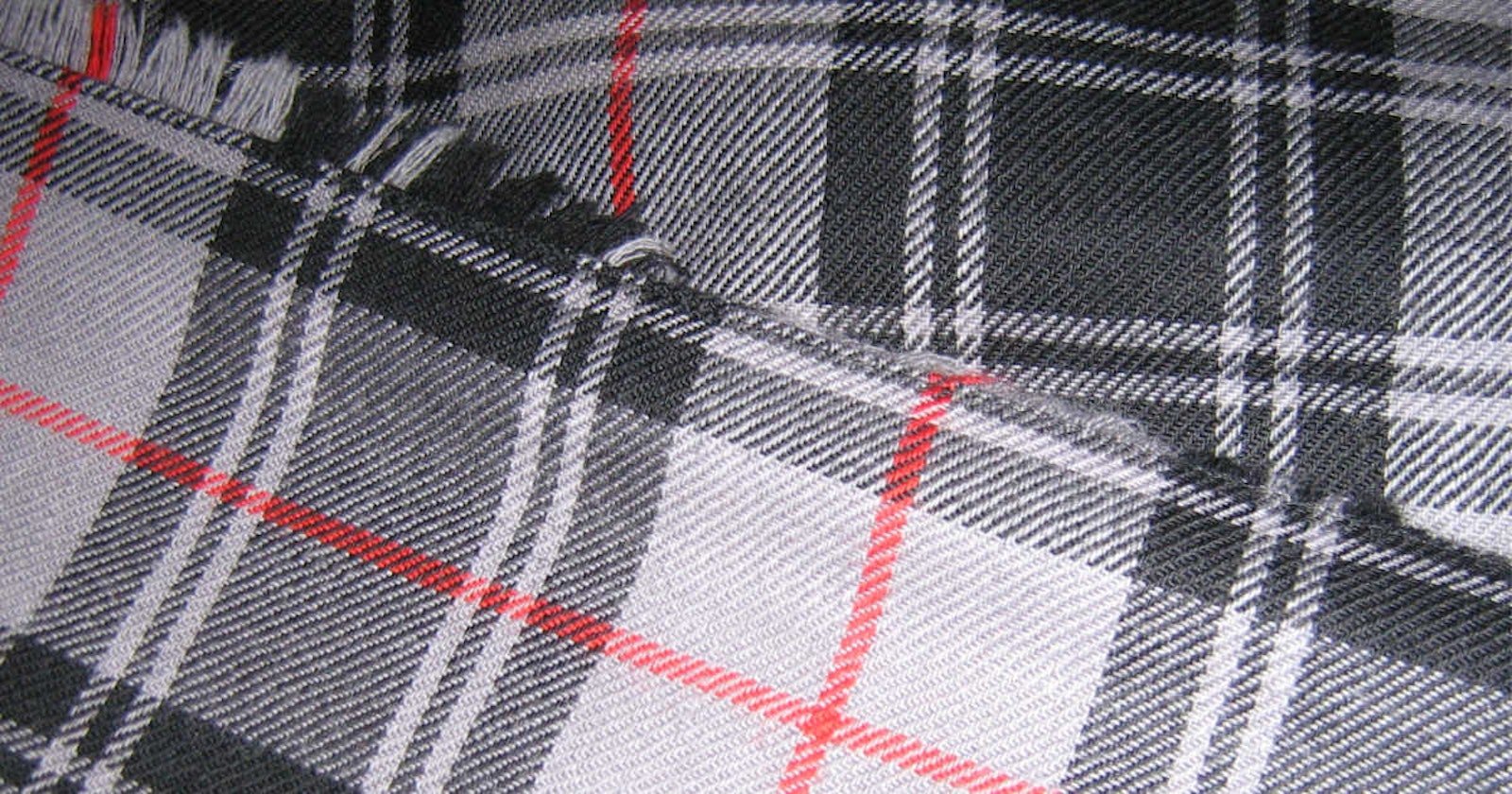Hi Madelyn! A friend of mine gave me a rigid-heddle loom, and I’ve signed up for a class. The place where I’ll be taking the class has other looms in it, some of them are fairly large. I wondered what the difference is between those looms and mine (besides size). —Marcia
Hi Marcia!
There are quite a few differences between rigid-heddle looms and what we call “shaft” looms. First and probably most significant is that rigid-heddle looms can weave plain weave, which is the simplest interlacement (the threads in both directions go alternately over and under each other, the interlacement you’d see in muslin). Shaft looms, if there are more than two shafts, can weave patterned cloth, such as twills (the interlacement you see in jeans) and a whole host of other weave structures.
Knowing that, you might think that a shaft loom is much more desirable than a rigid-heddle loom. But the rigid-heddle loom has some advantages. First and foremost, it is very portable. You can take it on picnics and weave on it almost anywhere. It also is very kind to yarn. It doesn’t require a lot of warp tension to make the openings the weft goes through, so stretchy, fragile (and beautiful) knitting yarns can be used on it, yarns you can’t use on a shaft loom. It also doesn’t waste as much yarn as shaft looms (the amount of yarn that is left over on the loom when the piece is finished). And, patterned cloth can be woven on a rigid-heddle loom with the use of pick-up sticks and other hand-manipulated techniques. (And size is a factor: it doesn’t take up a lot of space in your house; it can sit on a table. More space for yarn!)
Shaft looms do have the advantage of providing almost infinite pattern possibilities in a wide range of weave structures. And weaving on a floor loom with shafts is a whole-body experience. The loom setup determines the structure and pattern, so that as you weave you move your arms and hands and legs and feet in a rhythmic motion that is highly meditative. As you step on a treadle and throw the shuttle and bring the beater to the fell, you watch the cloth grow. The experience of lifting the rigid heddle and putting the shuttle in the shed and bringing the heddle to the fell is much slower and doesn’t involve all the senses in nearly the same way. But floor looms tend to want their own rooms (and cost more).
I’m glad you’re taking a class and you might ask to try out those other looms to see what they are like!
– Madelyn

